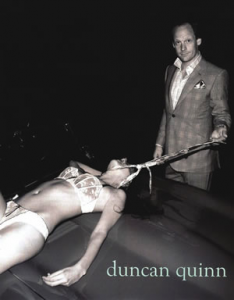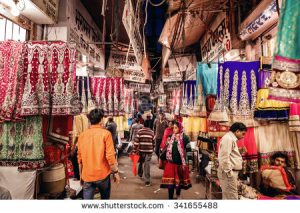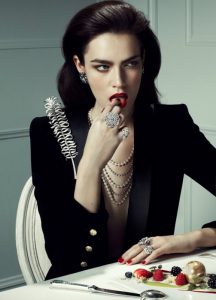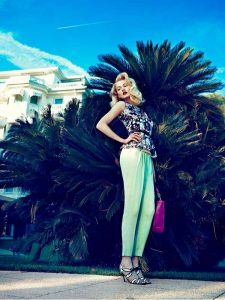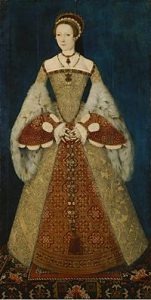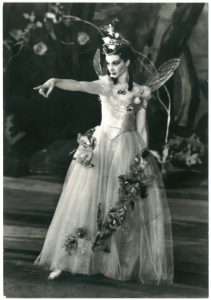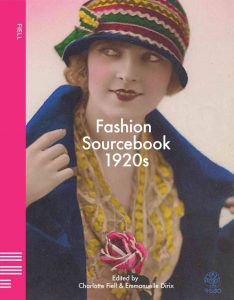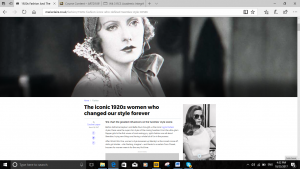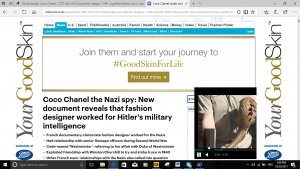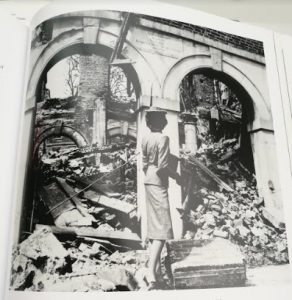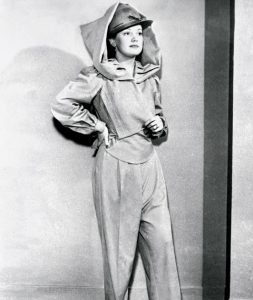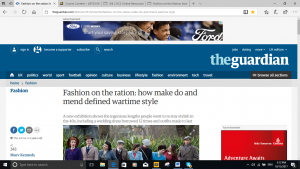Throughout this module I have enjoyed many of the lectures and debates that have been discussed in class. The tasks themselves were engaging and I developed many skills, for example learning how to Harvard reference. However other tasks I found were more challenging and really tested my abilities.
Many of the tasks included gathering secondary information to support a source or to provide developed knowledge of the subject. The library provided many great books that helped me find the right and necessary information I needed. Websites online including articles also gave me supporting evidence which helped me develop my research skills. I mainly learnt these skills in our very first task, Online Resources and our 5/6 task Visual Research.
The task I enjoyed the most was task 9/10 Ethics. The discussion in class was very useful to see both points of view when looking at photographs; this is something I rarely do as I haven’t been given the opportunity to have a big debate before. The task itself was engaging and I felt very passionate when writing my point of view. I mostly enjoyed defending women in these photographs and explaining how unhealthy it is for viewers to see these images and think it is okay to portray women in such ways. Analysing the image I also found interesting as I prefer analysing photos to a piece of text. I believe photos can spark imagination and show many hidden elements so breaking down a photograph for me is really exciting and interesting. Finding the supporting text was not too difficult as I learned how to use the internet wisely in previous tasks.
I really struggle with written tasks especially when it comes to analysing texts. I find the way the sentences are written really hard to understand and breakdown, therefore I struggled a great deal in task 7/8 reflective writing. I had to read the text many times to fully understand what was being said. I then decided to print out the text I had chosen to analyse as I could physically write notes beside the text to help me when writing the summary. This was really beneficial for me as it helped a lot to write my own notes that I could understand. Actually writing the task I also found difficult. I find it hard to concentrate when I don’t fully understand the text, however I slowly began to understand what the text was saying which made it easier. I also find that I repeat myself too much when writing tasks. I find that once I make a point I keep going back which is unnecessary. In the future I need to be more mindful of cutting down repetition especially because of strict word count.
From this module I have found that I have developed my research skills massively and started to think about debates in more depth. I am pleased with the time I have had to complete my tasks as I don’t like leaving them to the last minute as this causes too much stress. The information I have learnt here will definitely help me in future projects and tasks.

